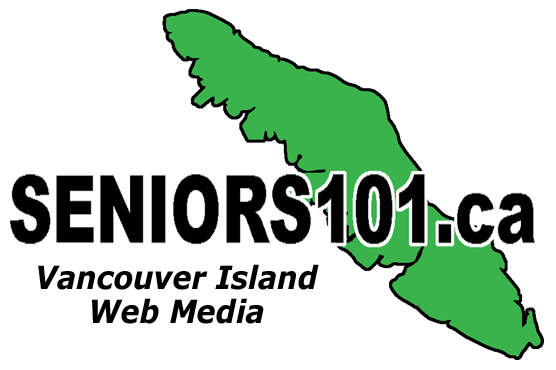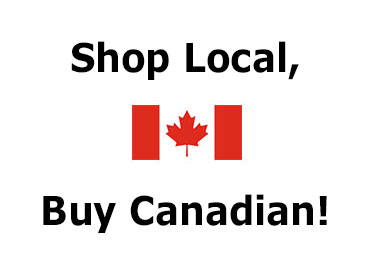Preparing For The Big One, Developing The Emergency Survival Kit
Archive ∙ Back to Island Voices
Preparing For The Big One, Developing The Emergency Survival Kit
People were sufficiently scared by recent earthquakes to seriously prepare for their own survival. They took advice & gathered caches for 3-day emergencies
Civic leaders and environmentalists have been warning about the increased likelihood of a cataclysmic earthquake along the West Coast for several decades, at least since the World Series Quake in San Francisco on Oct. 17, 1989. However it seems that recent disasters in 2011 have frightened citizens enough to take survival measures. Media news scenes from Japan, New Zealand, and closer to the British Columbia coast have caused a rush on survival preparations.
Recent Earthquakes
Perhaps because viewers watched First World countries, and not just Third World ones, humbled by nature’s power, they thought that if countries akin to North America can be devastated too, then it was time to take notice. Recently there have been earthquake shocks aplenty:
- October, 1989, the San Francisco World Series Earthquake, a 7.1 on the Richter scale, hit the area and, in about 15 seconds, it left 63 dead and 12,000 homeless.
- April, 2009, L’Aquila, Italy suffered a 6.3 tremor that killed over 300 and left 40,000 homeless. The G8 Summit convened in the city and the world leaders got to see the devastation firsthand.
- February and June, 2011, Christchurch, New Zealand endured quakes that registered around 6.0, killed 181 people and caused 50,000 to relocate.
- March 2011, northeast Japan was shocked by a 9.0 earthquake offshore which caused a tsunami, cracked nuclear installations, & killed over 20,000. There have been over 75 aftershocks registering 6.0 or more since March 11, according to the U.S. Geological Study.
Risks And Realities Of Earthquakes
The Vancouver area has two potential danger zones, the Cascadia Fault running offshore for 1,100 km. and the Juan de Fuca Strait that has tectonic plates rubbing against each other and are destined to cause a subduction quake as high as 9.0 magnitude, according toCBC News Online, (Oct. 12, 2005.) Already, the B.C. area has over 200 reported earthquakes a year of minor or very moderate magnitude.
Ben Parfitt, in a review of the book, Cascadia’s Fault by Jerry Thompson (Globe and Mail, April 22 , 2011) wrote that “when a magnitude 9 quake next hits Cascadia’s Fault it will simultaneously hit five major cities at once: Sacramento, Portland, Seattle, Victoria and Vancouver.” Since Parfitt says that there is a 30% chance of this happening in the next 50 years, it is paramount for survivors to be prepared.
Survival of the Most Prepared
Municipalities like Victoria and Saanich have recently offered several free workshops to assist residents with survival preparedness. And, the provincial British Columbia Emergency Management department (EMBC) has issued both individual and neighbourhood advice.
The Government of Canada has a web site and booklet also with several tips on preparing your dwelling, and what to do during and after an earthquake. These include components such as turning off water and electricity, having shoes by the bed so you don’t walk in glass, and the application of the mantra, “Drop, Cover, Hold On”. But what does one do if the dwelling is destroyed or unsafe and one is forced to evacuate? The answer is the “grab-and-go” survival kit or the “72-hour” emergency kit.
One strategic approach is to have water-proof, air-tight containers, like Hooligan Gear barrels, hidden outside for ready access, if the house is destroyed. These barrels should contain provisions to see one through three or more days of living with the basics, for instance:
- Food- such as water (2 litres/person/day), non-perishable foods and can-opener, extra water for cleaning and cooking, a small fuel-operated stove, eating utensils, and hand sanitizer or wipes, plus medical needs
- Shelter- such as tent or tarps for a lean-to, rope, crank-powered flashlight, radio, phone, woolen blanket and/or sleeping bag, some essential tools, candles & matches, whistle, first-aid kit including duct tape, toilet paper and garbage bags.
- Clothing, such as, water-proof coat, hat, gloves, change of clothes and footwear for each member, and ‘covering your bases’ items including a list of contacts for communication, important personal information (copies of your SIN, passport, driver’s license, etc) and cash since debit and ATMs will be down.
One comedian mused that he always imagined an earthquake would happen on Saturday after he had his coffee and had read the newspaper and it would seem like a camp-out. Alas, it won’t necessarily be that convenient. All of the above focuses on a basic survival strategy but is no guarantee for survival. At least it is stacking the deck in your favour. Even Charles Darwin could not ask for more.


